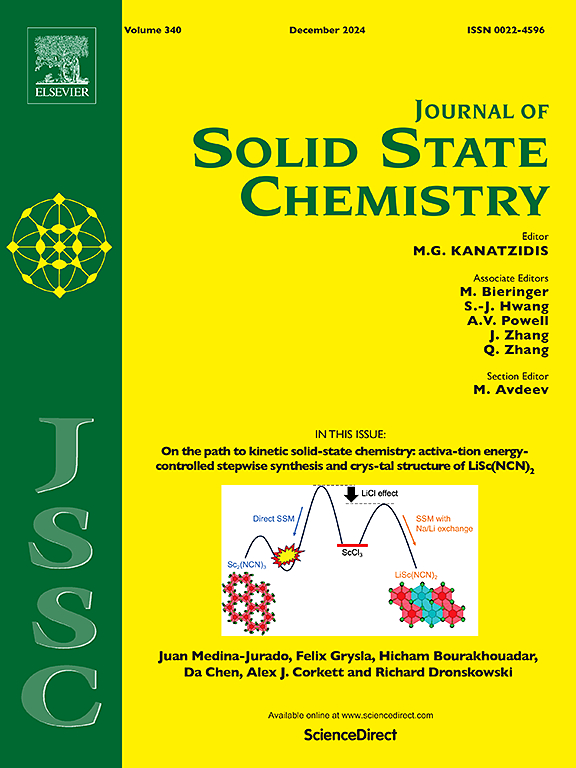Adsorption mechanism and quantum chemical calculation of six aliphatic VOCs on industrial ZSM-5 zeolites
IF 3.2
3区 化学
Q2 CHEMISTRY, INORGANIC & NUCLEAR
引用次数: 0
Abstract
This study focused on the adsorption mechanism of six aliphatic VOCs (cyclohexane, n-hexane, methyl-cyclopentane, n-butanol, butyl-acetate, and methyl-methacrylate) on industrial ZSM-5 zeolites with different Si/Al ratios (20, 50, 300) by combining experiment with theoretical approach. Meanwhile, the effects of flow rate, initial concentration of n-butanol, and temperature for ZSM-5-300 zeolite were investigated. The interaction energy and distribution of the centroid of VOCs on ZSM-5 zeolites were calculated using Material Studio software. The experimental results showed that adsorption capacities of ZSM-5 zeolites for oxygenated VOCs of highly-polarity (n-butanol, methyl-methacrylate, butyl-acetate) were significantly higher than low-polarity VOCs without oxygen (cyclohexane, methyl-cyclopentane, n-hexane). The adsorption efficiency was improved at low temperature, high initial VOCs concentration, and flow rate. The adsorption processes of VOCs on ZSM-5 zeolites were suited to the Freundlich isotherm model and the pseudo-first-order kinetic model. The calculation results revealed that the adsorption capacity increases from about 31 mg/g to 85 mg/g for low-polar VOCs as the adsorption energy decreases from −14.40 kJ/mol to −20.80 kJ/mol. The interaction energy curves of highly-polar VOCs show multiple peaks as the Si/Al ratio decreases, due to they were absorbed in both the intersection and zigzag channels of ZSM-5 framework. The adsorption site distribution indicated that the adsorption preferences were affected by the compatibility between pore geometry and VOCs structure. The ring-structured VOCs were mainly in the intersection channels, and chain-structured VOCs spread across all channels.

求助全文
约1分钟内获得全文
求助全文
来源期刊

Journal of Solid State Chemistry
化学-无机化学与核化学
CiteScore
6.00
自引率
9.10%
发文量
848
审稿时长
25 days
期刊介绍:
Covering major developments in the field of solid state chemistry and related areas such as ceramics and amorphous materials, the Journal of Solid State Chemistry features studies of chemical, structural, thermodynamic, electronic, magnetic, and optical properties and processes in solids.
 求助内容:
求助内容: 应助结果提醒方式:
应助结果提醒方式:


